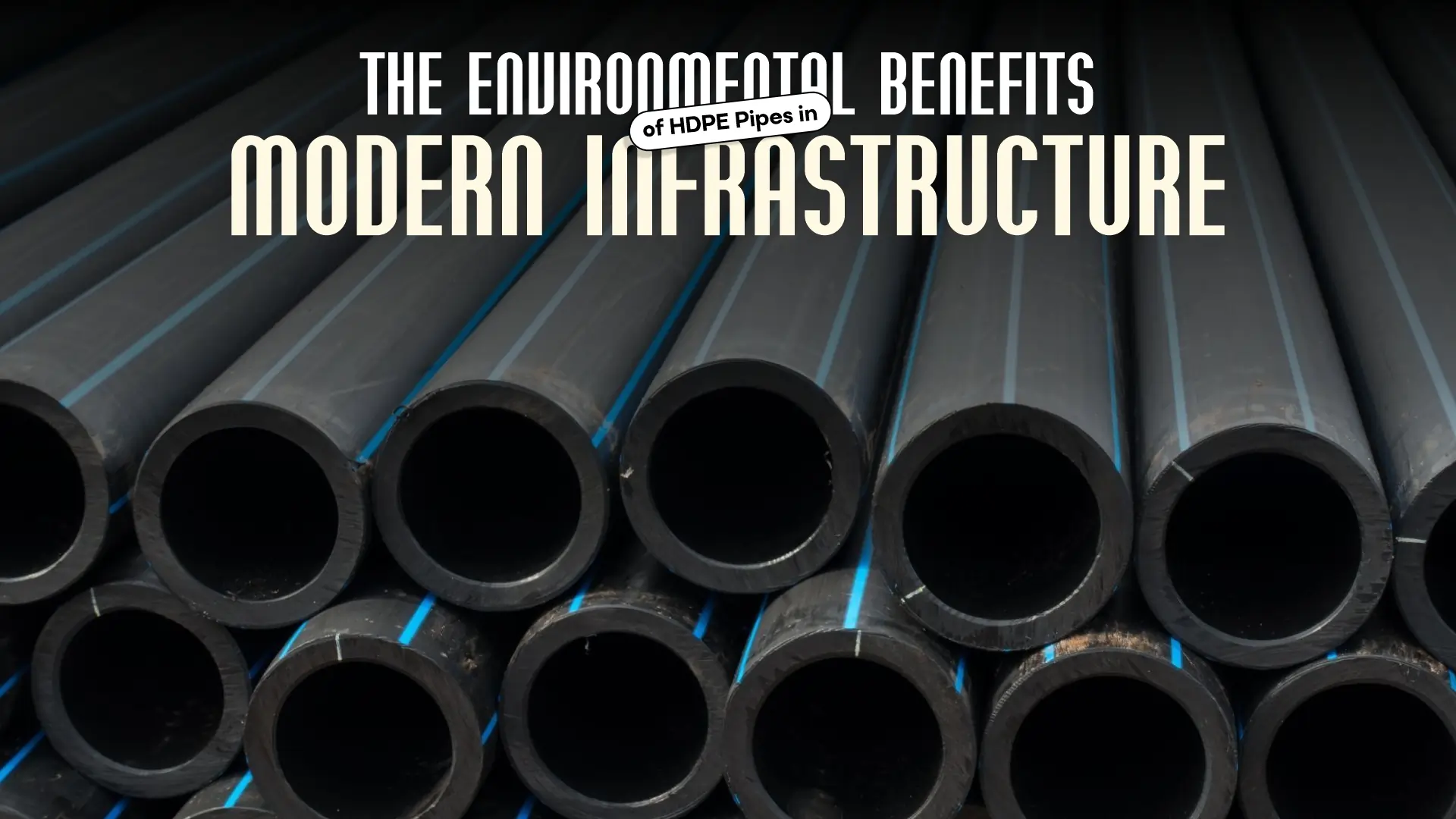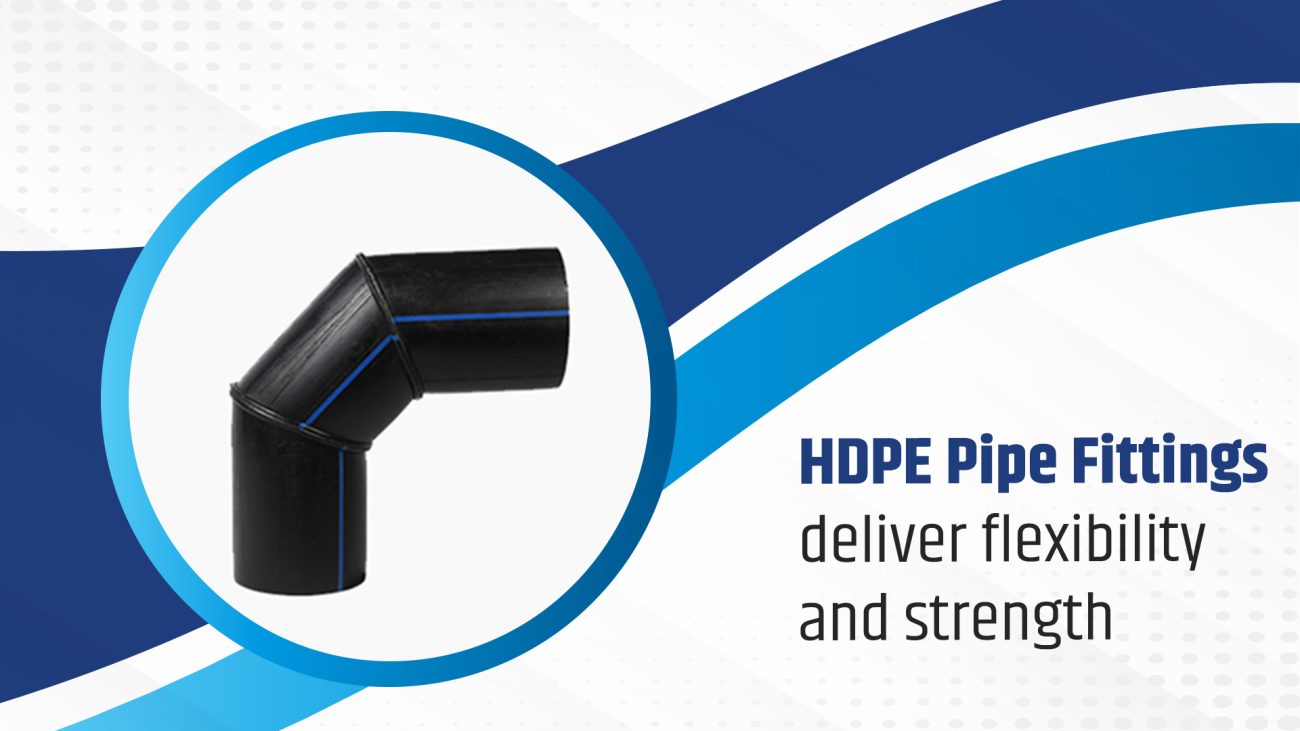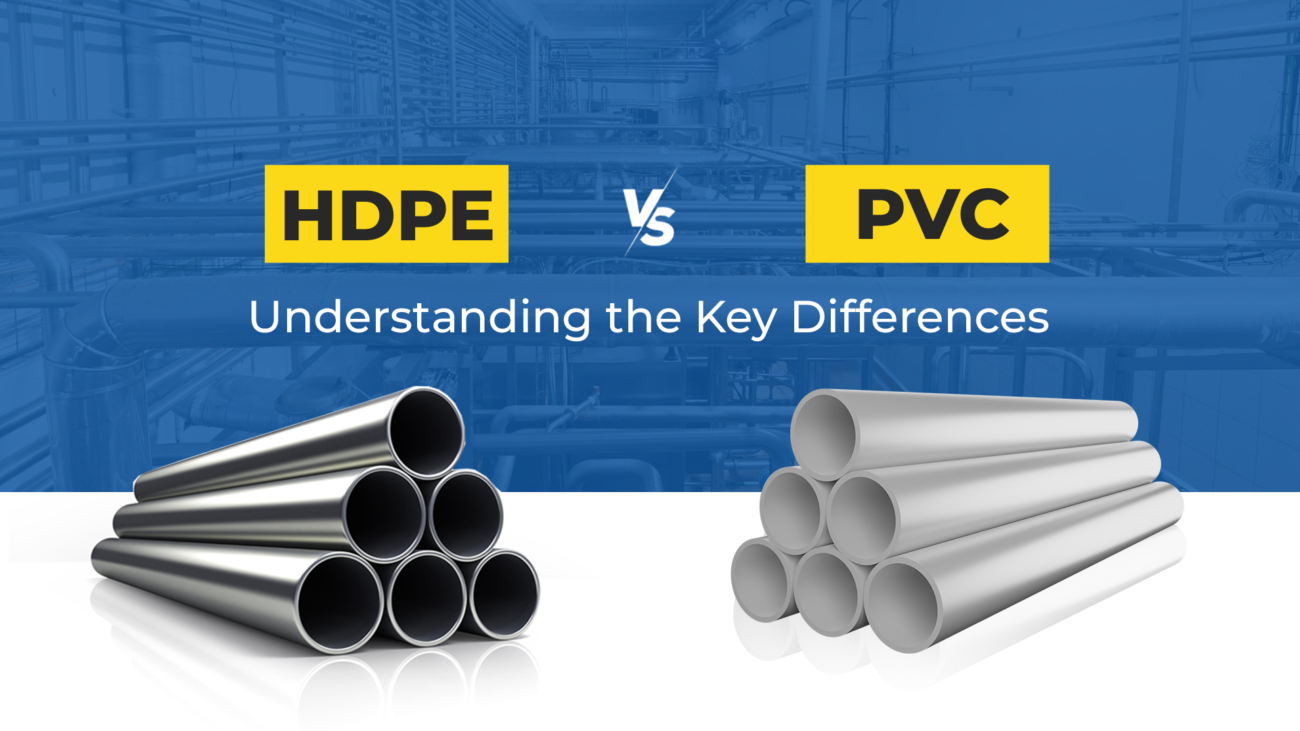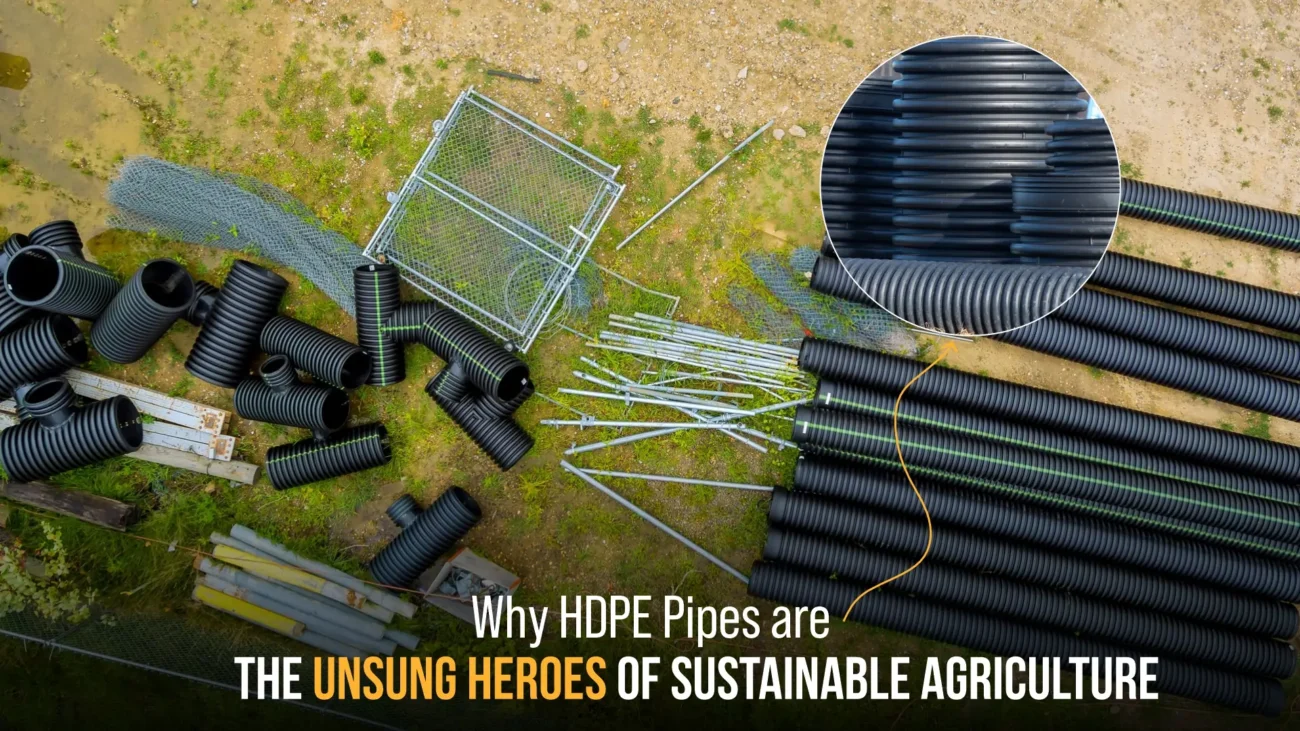Building and construction stakeholders are increasingly turning to High-Density Polyethylene (HDPE) pipes as an economically friendly option that is easy and efficient to use for most infrastructure development undertakings. Their versatile usage coupled with light weight and long life delivers enormous economic and environmental benefits from applications including gas and water distribution, storm-water management systems, as well as irrigation.
The adoption of HDPE pipes allows for larger scope in their utility and comes with several advantages over the traditional piping materials such as:
1. Reduced Carbon Footprint
HDPE’s production cycle is less complicated than most alternative materials in the market and utilizes fewer processes that consume resources. Increased energy efficiency due to reduced processes leads to decreased emissions of greenhouse gases thereby the net emissions are better. Likewise, since HDPE pipes are relatively light in weight, the amount of energy used during their transportation and installation is less hence better emissions resulting from extensive operational activities.
2. Longevity and Durability
As we all know, HDPE pipes have become very popular because, when appropriately installed, they are very robust and are not easily eroded by external environments and can withstand extreme weather events. Due to the longevity of this material, fewer pipes are used when the same were useful, thus saving the need to extract, manufacture and transport new ones. The effective life span of pipes made of HDPE material enables a reduction in the replacement cycle, thereby enhancing the strengths of the environment by supporting a circular economy.
3. Water Conservation
The ultimate goal of HDPE pipes is to aid in the conservation of water by minimizing water loss. The collections of properties that are robust in HDPE piping system are leak tightness, and high performance enabling water to be delivered without wastage. In addition, pipes can be optimized to ensure only the necessary amount of water flow and pressure for pumping and distribution – bringing about additional energy savings. This energy efficiency in itself encourages environmental sustainability and reduces costs.
4. Soil Conservation and Erosion Control
Currently, the process of installing pipes may also involve trenchless technology which helps to prevent unnecessary damage to soils and natural ecosystems – leading to reduiced soil erosion and sedimentation, which in turn safeguard water bodies and protect natural habitats. The high tensile strength and rigidity of HDPE pipes also ensures that they can withstand destructive natural disasters, including earthquakes and floods, establishing soil erosional control in the long run.
5. Recyclability and Sustainability
HDPE is also an eco-friendly plastic, which means it is recyclable. Once HDPE pipes have served their purpose and come to the end of their life cycle, they can be completely recycled and utilized in new products. This leads to the reduction of waste, and the use of upgradable materials. This promotes a circular economy, lowering the need for the use of virgin materials. In many cases, the pipes are made of or partially made of recycled plastics.
Environmental Benefits of HDPE Pipes
The development of the infrastructure can be easily addressed with the use of HDPE pipes. It is easy to propose HDPE pipes into any development paradigms as they have the ability to reduce carbon footprint, use less water, disturb the soil less during installation, and feature high recyclability. Besides these already mentioned points, HDPE pipes provide a variety of other ecological advantages including:
- Lower energy use: It has been researched that production, transportation, and installation of pipes require less energy usage than conventional material.
- Better water quality: HDPE pipes are not subject to corrosion and do not participate in any reactions with chemicals so there is no risk of contaminants leaching into water.
- Better health conditions: HDPE pipes have the potential brining down the water-borne diseases as the precise distribution of water assuring safe consumption is provided.
- Greater adaptation capacity to climate change: It is not a wonder how pipes withstand extreme weather events and remain unscathed, therefore contributing towards a sturdier infrastructure.
As the scale and complexity of the infrastructure projects grow, there are prospects that the adoption of HDPE pipes will minimize ecological footprints and uphold the sustainability of the built environment.







